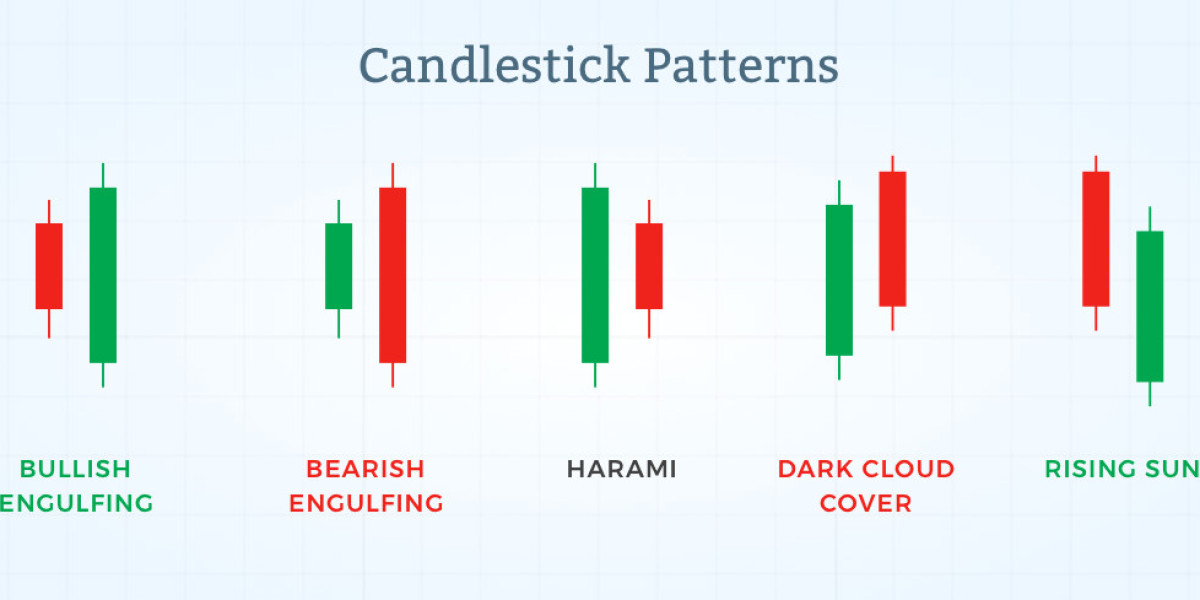Price Action Trading: Mastering Market Movement with Fewer Indicators
Price action has gained extreme popularity due to its simplicity and effectiveness. Unlike strategies that rely on some mix of technical indicators, price action trading bases its education on studies in price movements alone. Of course, the concept here starts from the idea that price is the ultimate indicator, carrying all necessary information in a market.
This guide introduces you to price action trading basics and how it will beef up your game. Do you start to trade or looking for an easier way?
Price action strategies interpret past price data to make predictions as well as use them as bases for trade. This strategy simply reads the charts and the various patterns that have indicated market behaviors. By analyzing prices into patterns, traders are able to produce assumptions regarding the possible movement in prices into the future.
It is far from the typical application of technical indicators, such as moving averages and oscillators. Support and resistance levels, candlestick patterns, and trend analysis guide price action traders on how the market may shift.
Why Price Action Trading?
Simple: Since fewer indicators are followed, it keeps charts clean and simple to interpret the direction of price movements.
Focus on Market Psychology: It has extreme reliance on price action trading in terms of the grasp of the psychology of the market; this is one of the significant components in making a call regarding the future movements it can make.
Extremely Versatile: This system is extremely versatile and may be applied in forex, stocks, commodities, even in crypto-trading; it is getting highly sought after across markets.
Removal of Excessive Reliance on Indicators: In case you are making price plays, most "lag" pertaining to all indicators goes down; that way you make your trading highly reactive.
In this section we want to explore the skills one must gather to know more about price action trade:
Element #1- Candlesticks
Candlestick patterns are the expression of the sentiment in the market, including possible reversal and continuation information. Here is a list of popular candlestick patterns in price action trading:
Doji: It indicates market indecision and is quite often followed by a probable reversal.
Engulfing: A bearish or a bullish engulfing pattern is a sign for the reversal in the trend.
Pin Bar: It indicates that there is a specific price level in the market that's being strongly rejected.
2. Supports and Resistant Levels
It can be interpreted to signal the prior reversal or resting prices within the market. Support serves as a pricing floor whereas resistance serves as the pricing roof.
Now when these are detected, by any trader the potential entry/exit opportunity will be recognized since usually strong power accompanies the breakdowns or re-bounce out of them.
3. Trend lines and channels
Trend lines are lines drawn through successive lows or highs. It shows the trend in the market. Trend channels are trend lines that provide a "corridor" for price movement and help in visualizing the likely area that prices may travel.
These can also help indicate to the traders whether there is an uptrend or downtrend or a ranging (side-ways) trend within the market.
4. Chart Patterns
The technical trader generally bases his choice of when to go in or out of a trade on chart patterns like head and shoulders, triangles, flags, and double tops/bottoms. These formations provide information on the movement or else the price direction changes. The real pattern recognition may, therefore be eye-opening for the trader about entering or leaving a given trade.
Developing a Price Action Trading Strategy
In price action trading, you must develop a strategy which will fit your style. Here is a very simple step-by-step guide on how to do it:
1. Select Your Market and Timeframe
The market and timeframe you'll choose should best fit your lifestyle and trading goals. While day traders like shorter timeframes such as 5- or 15-minute charts, swing traders tend to use daily or 4-hour charts.
2. Important Support and Resistance Levels
Consider your chart before you start trading, paying attention to the support and resistance levels since that will become part of the entry or exit criteria for your position.
3. Watch How the Price Acts Around the Levels
Pay attention to when the price begins to act around the levels in question. Does it break them very easily, or does it fail and bounce back? Such an action is usually a sign of an important insight.
Confirm the potential entries of a trade by using candlestick patterns. For instance, if you are going to buy at support, then look for bullish confirming candlestick patterns such as a hammer or bullish engulfing for confirmation.
5. Set the Stop Loss and Take-Profit
Place your risk management stop-loss orders below or above important levels for a trade. Similarly, define your take-profit for locking in gains and also reducing exposure.
6. Stay Disciplined and Don't Overtrade
Price action trading calls for discipline. Never overtrade, and you enter a trade only when your conditions are met.
Mistakes in Price Action Trading
Overemphasizing one time frame leads to poor decision making. Do not make your focus so much on one time frame. You should consider the overall trend of multiple time frames to look at things properly.
Forcing Patterns: Sometimes, traders try to see patterns where there aren't any. False signals and losses become the resultant consequence. Be objective.
Overcomplicating the Strategy: Price action trading is about simplicity. Too many indicators dilute the effectiveness of your strategy.
No Patience: Not all set-ups will be ideal. Sometimes it takes patience over hurried entry in a trade for better results.
Final Thoughts
This type of trading empowers a trader to make price-action decisions from raw data; therefore, it helps traders gain a further sense of market dynamics. Since it is simple with added flexibility to work well across various assets as well as different timeframes, traders can easily apply it for themselves.
One of the most complex strategies but, when you get hold of it, it really pays. You start by making a general knowledge about the patterns, support and resistance, then start to create your strategy.
In the end, it would all be mastering the technical skills of the markets and psychology, learning everything and maintaining discipline help one to become a smart price action trader.








